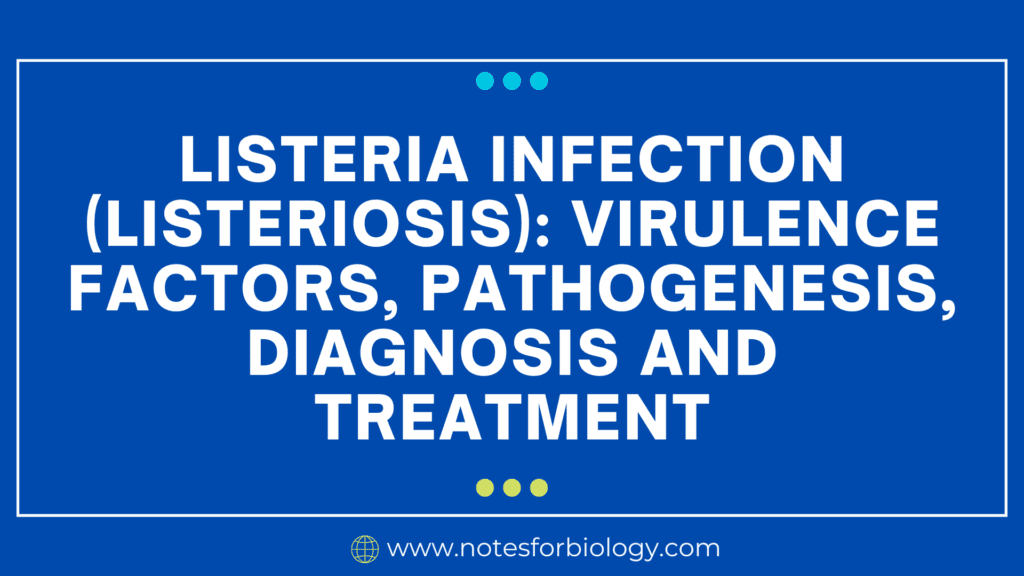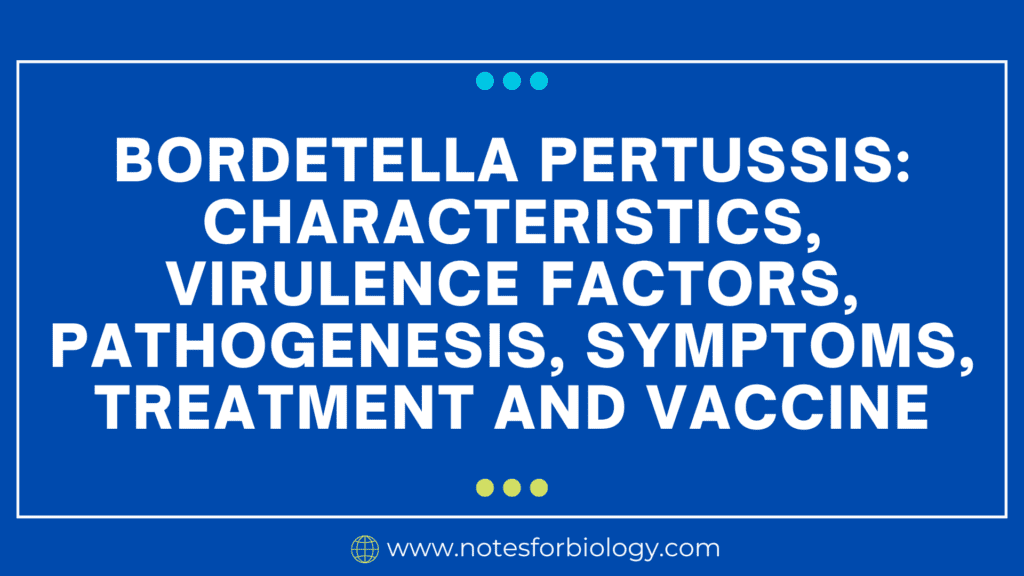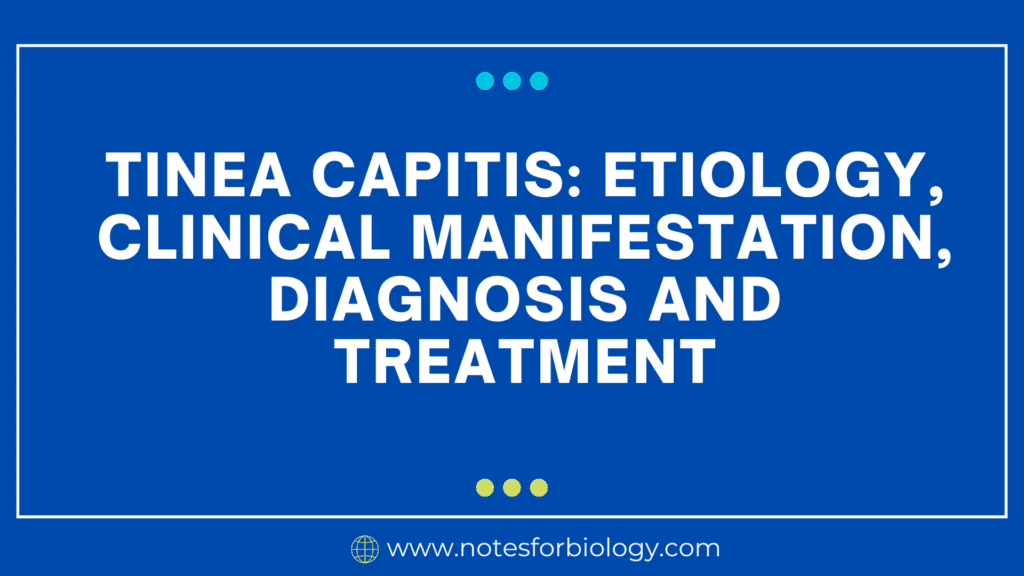What is Loa loa?

Loa loa is a parasitic worm transmitted by Chrysops flies, causing loiasis in humans by migrating under the skin and sometimes across the eyes.
Table of Contents
Habitat
Loa loa, commonly known as the African eye worm, is a parasitic filarial worm endemic to parts of West and Central Africa. Its primary habitat includes the subcutaneous tissues of humans, where adult worms move freely. Loa loa is transmitted through the bites of Chrysops flies (also called deer flies or mango flies), which thrive in densely forested areas and swampy environments. These flies act as intermediate hosts and vectors, transmitting the worm to humans.
Morphology
Loa loa worms are slender and thread-like. Adult males measure around 30-40 mm in length, while females are significantly larger, about 40-70 mm long. Both sexes are equipped with a smooth, cuticular surface. The worms are translucent, making them somewhat difficult to see until they become visible as they migrate across the eye or under the skin.
Life Cycle

The life cycle of Loa loa involves two hosts: humans and the Chrysops fly. When the fly bites a human, it injects infective larvae into the skin. These larvae develop into adult worms over several months and begin migrating through the subcutaneous tissues. Female worms release microfilariae, which circulate in the bloodstream during the day and are ingested by the fly when it takes a blood meal. Inside the fly, the microfilariae develop into infective larvae and continue the cycle when the fly bites another human.
Pathogenesis
The pathology of Loa loa is mainly due to the migration of adult worms through human tissues, particularly under the skin and across the eye. The body mounts an immune response, resulting in inflammation and swelling in the affected areas. However, the immune response is generally mild because the adult worms can evade most of the body’s defense mechanisms.
Clinical Manifestations
Infected individuals may remain asymptomatic for years, but symptoms arise as the worms migrate. The most common symptom is Calabar swelling, a transient, localized swelling that occurs when a worm stays in one area of the body for a short period. These swellings are typically painless but can be itchy. Another distinctive sign is the migration of the worm across the eye, which can be alarming but typically doesn’t affect vision. Other symptoms include itching, joint pain, and fatigue. In rare cases, complications like endocarditis or encephalitis may occur.
Epidemiology
Loa loa infections are limited to the rainforests of West and Central Africa, where Chrysops flies are most active. Rural populations, particularly those involved in farming or living near rivers and forests, are at higher risk. The disease is prevalent in countries like Cameroon, Nigeria, Gabon, and the Democratic Republic of Congo. Millions of people in these regions are estimated to be at risk of infection.
Diagnosis
Diagnosis of Loa loa infection typically involves identifying microfilariae in blood samples collected during the daytime when they are most active. Additionally, adult worms may be detected visually as they migrate across the eye or under the skin. Serological tests are also used to detect antibodies to Loa loa, and molecular techniques like PCR can confirm the presence of worm DNA in blood samples.

Treatment
The primary treatment for Loa loa infection is diethylcarbamazine (DEC), which is effective in killing both adult worms and microfilariae. However, treatment must be approached with caution in individuals with high microfilarial loads, as rapid killing of the worms can cause severe inflammatory reactions, including encephalopathy. In such cases, corticosteroids are often used to manage symptoms, and treatment is given in a controlled manner. Surgical removal of adult worms is possible when they become visible in the eye or under the skin.
Prevention and Control
Prevention of Loa loa infection primarily involves reducing exposure to Chrysops flies. This can be achieved by wearing protective clothing, using insect repellents, and sleeping under insecticide-treated bed nets. For people living in endemic areas, mass drug administration (MDA) programs using ivermectin or DEC are used to reduce the prevalence of microfilariae in the population. However, ivermectin is used cautiously because of the risk of severe adverse reactions in individuals co-infected with Loa loa and other filarial worms like Onchocerca volvulus.
Efforts to control Loa loa are challenging due to the widespread distribution of the Chrysops fly and the high prevalence of the disease in affected areas. Nonetheless, ongoing research aims to develop more targeted treatments and better strategies for controlling the disease’s spread.
Frequently Asked Questions(FAQ)
Define Loa loa?
Loa loa is a parasitic worm transmitted by Chrysops flies, causing loiasis in humans by migrating under the skin and sometimes across the eyes.
Write about Chrysops flies ?
Chrysops flies, commonly known as deer flies or mango flies, are biting insects belonging to the Tabanidae family. They are medium-sized, often brightly colored flies, distinguished by their patterned wings and large, brightly colored eyes.
Related Articles




